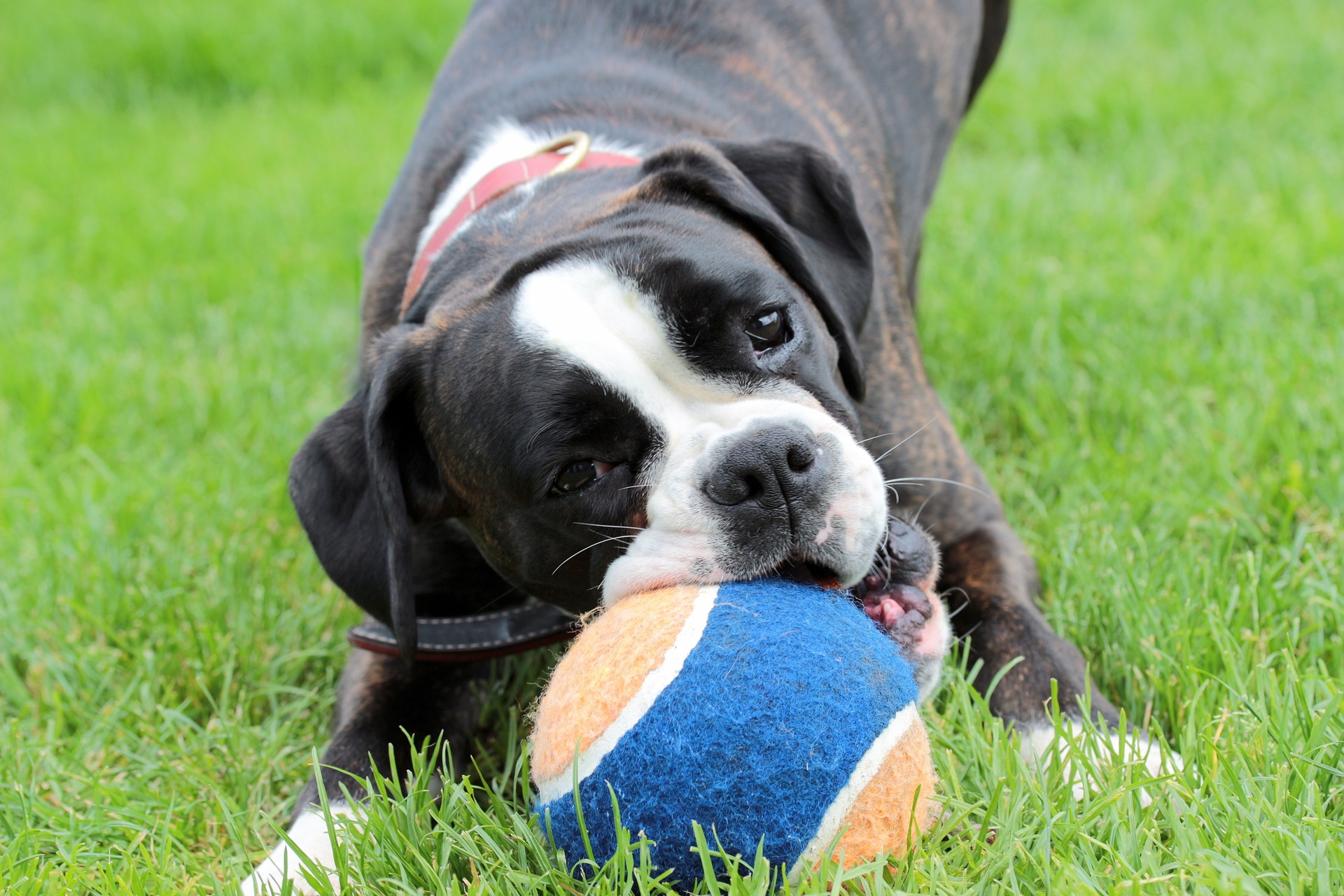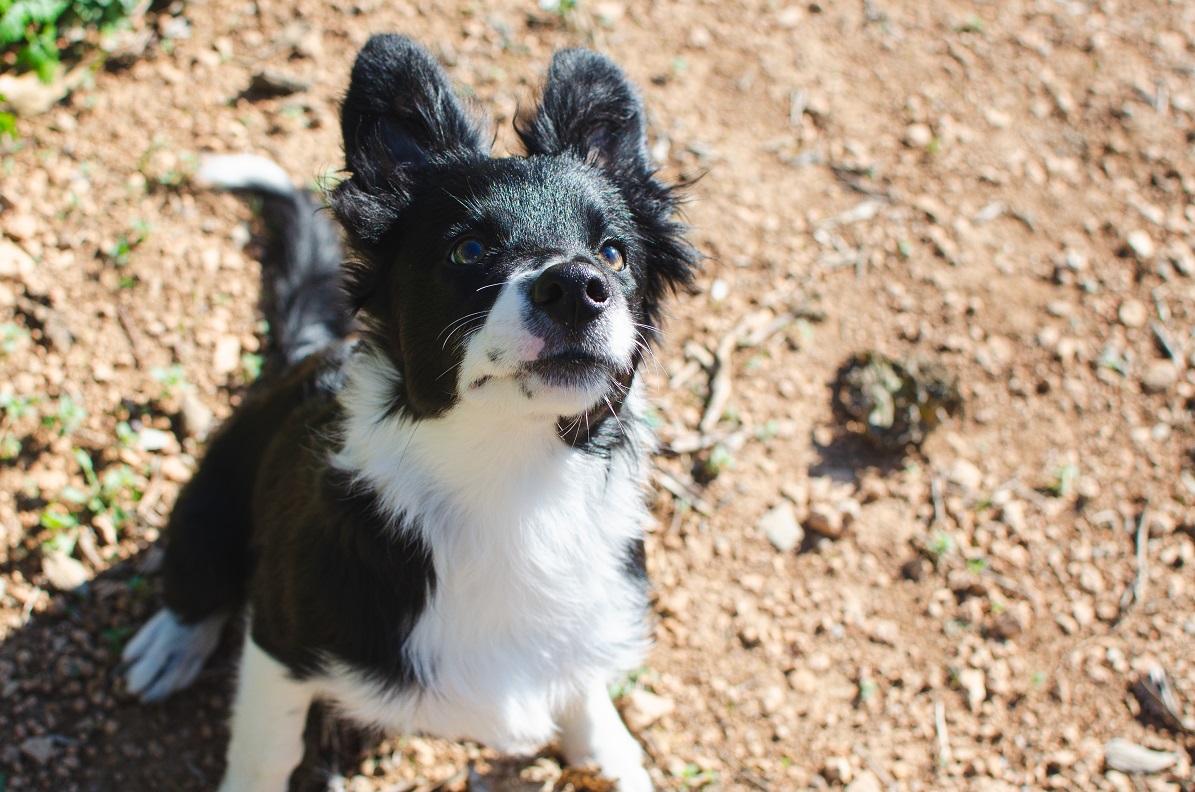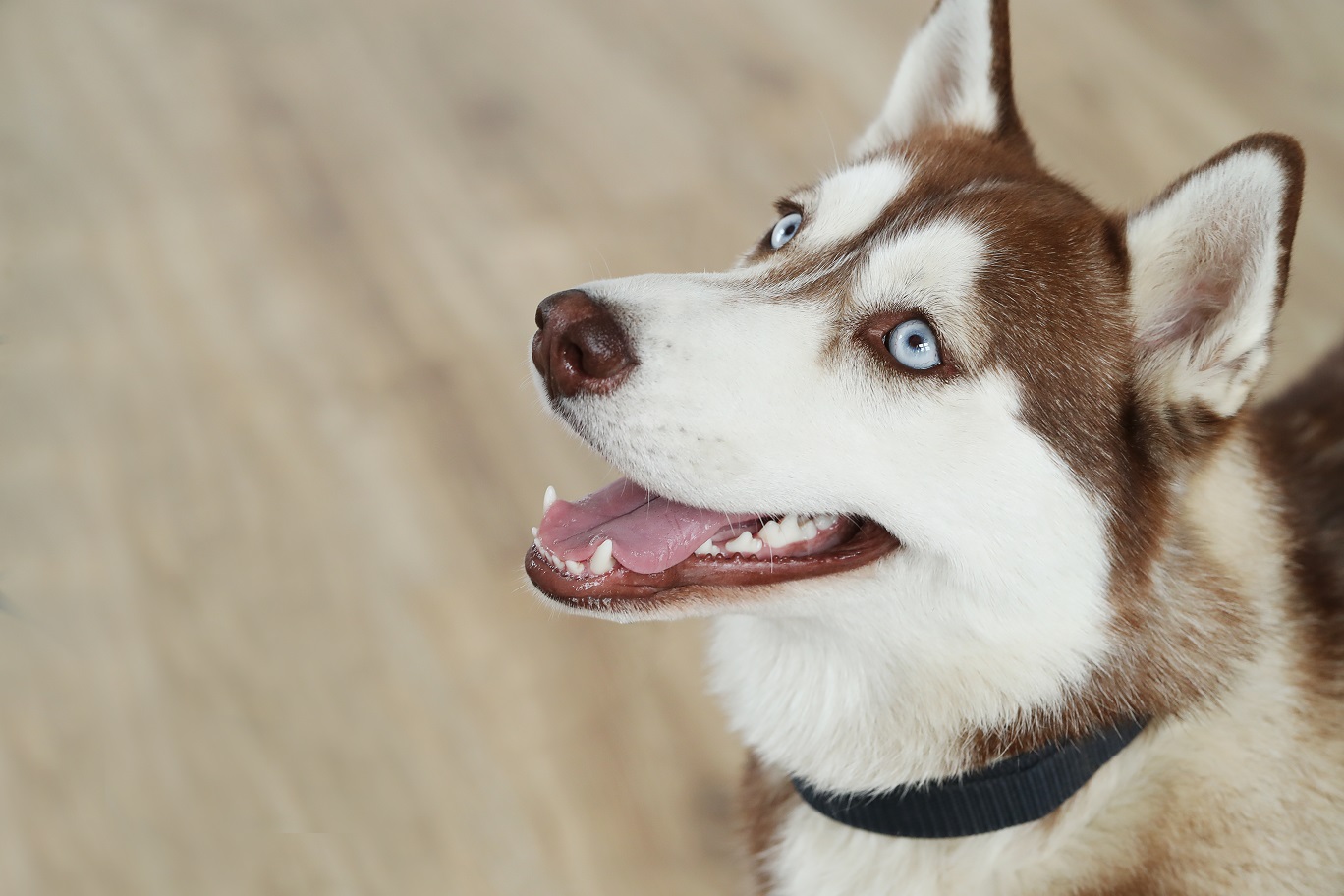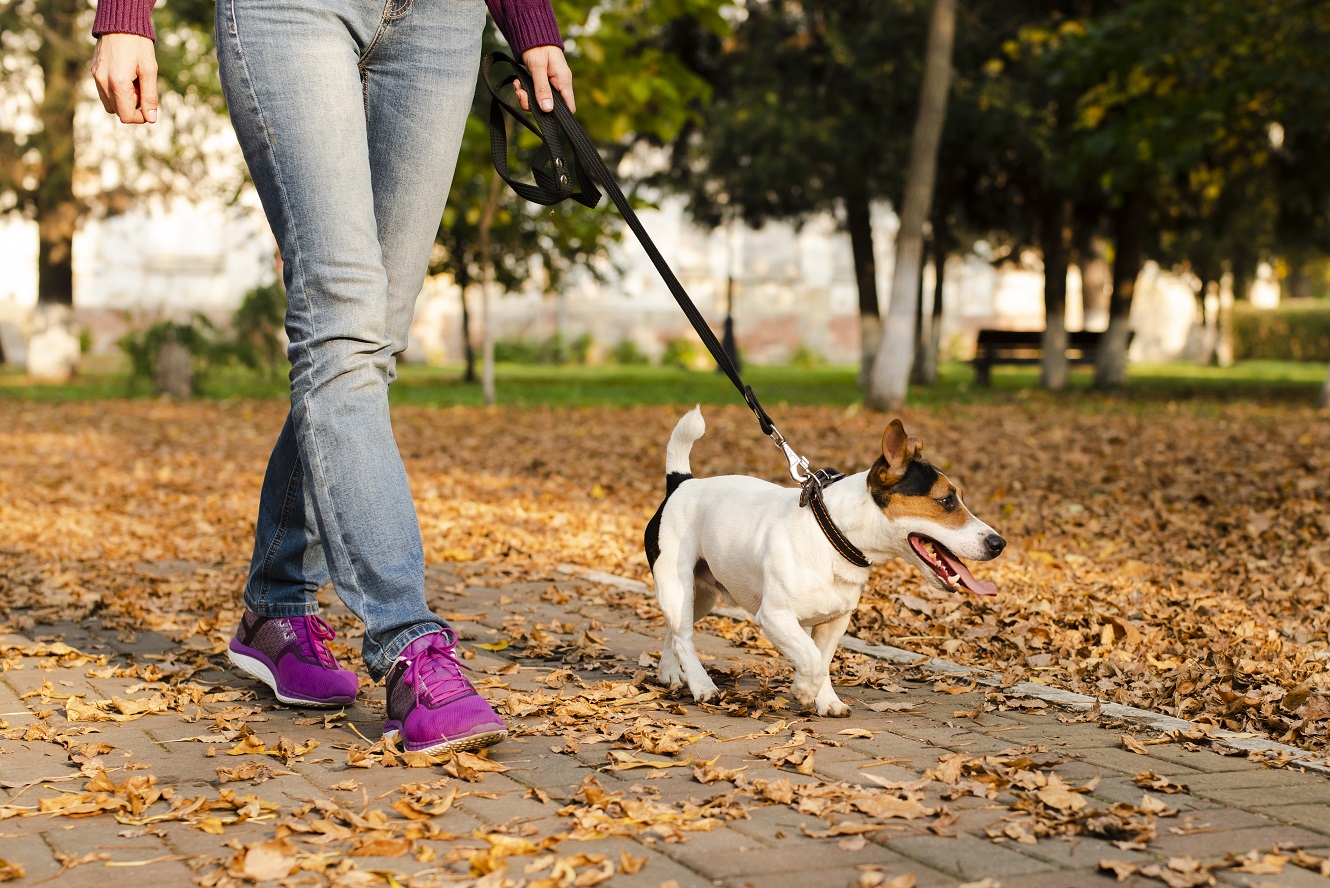My dog barks all day while I’m at work… if this sounds like a familiar sentence to you, you’re not alone.
A dog who barks constantly whenever they’re left alone is frustrating but by no means unusual.
Unfortunately, telling your neighbors the same thing is unlikely to soothe their frazzled nerves after yet another all-day noise-fest.
Latchkey barkers can be a big problem.
For your neighbors, there’s the disturbance factor.
For you, there’s the worry.
But if you’re spending more time at the office fretting about your dog than you are about your work, something needs to change.
The first step in ending the barking? Understanding it.
Some dogs may constantly be on bark duty, even when you’re around.
Others will only put their vocal talents on display when they’re alone.
Either way, understanding what’s motivating their behavior is crucial in stopping it.
WATCH VIDEO: 5 Step-By-Step Exercises To Stop Your Dogs Obsessive, Annoying Barking Habits…
(video will open in a new window)
Why Does My Dog Bark All Day While I’m At Work?
Some of the reasons your dog might bark when they’re alone include:
Fearful Barkers
Some dogs can become anxious or fearful when they’re left alone. It’s particularly apparent in toy and miniature breeds, along with dogs that haven’t been properly socialized or who have a history of being passed around between homes and shelters.
Even brief periods alone can be traumatic for dogs who suffer from separation anxiety.
Along with the barking, they’re likely to exhibit other signs of distress such as chewing furniture, house soiling, digging at doors or windows in an effort to escape.
Alert Barkers
Some dogs just bark more than others. It’s in their DNA.
Small dogs like Maltese, Poodles, and Miniature Schnauzers are known offenders, while terriers are practically infamous for it.
Dogs like this were bred to alert their handlers to any movements and sounds that came within range.
Back in their working days, it was useful. Unless they barked, how else were we to know a fox had gotten into the chicken coop?
These days, it’s less useful, more annoying. But just try telling them their services are no longer required.
Unless an alarm barker like this is bought under control, they’re going to sound the alert whenever they see a neighbor pull into the drive…
…A cat in the yard
Or just about anything else that catches their eye.
The fact that you’re not home to hear them? Well, they’ll alert the neighbors instead.

Territorial Barkers
All dogs are a little bit territorial, but unneutered males and guard breeds can take the tendency to extremes.
Dogs like to think they have to protect you, your home, and your yard from any threats.
This is very nice of them and all, but when even the smallest, cutest squirrel is a ‘threat’ in their eyes, the habit gets old, fast.
It gets even older when every passerby, every straying cat, and every tiny bird makes them stand to attention and let loose with their vocals.
Demanding Barkers
Dogs can be divas. If your departure signifies the end of their fun and games, they’re going to throw a tantrum.
They want fun, they want it now, and they’re going to stand at the door and bark until you come back and give it to them.
Under-Stimulated Barkers
If a tired dog is a happy dog, an under-stimulated dog is a miserable one. And when dogs get miserable, they want the whole world to know about it.
If your dog doesn’t get the exercise they need before you leave for the day, it’s not going to take long for them to find an outlet for all their pent-up energy.
Barking might be annoying for the neighbors, but hey, at least it gives them something to do.
Related Post: My Dog Barks At Everything – How To Quite A Noisy Dog

How to Stop Your Dog Barking When You’re at Work
Figuring out what’s making your dog bark while you’re away from home is the first step. The second is learning what kind of tips and tricks you can use to stop it.
Distraction Treats
Pick a treat that you know your dog is going to love. It needs to be a special occasion, magnificent treat reserved specifically for this occasion.
Rub the treat in your hands for a few seconds to impart your scent, then give it to them as you leave the house for work.
Not only will it distract them from your departure, but the lingering scent will also make them feel a little less alone.
Exercise
All dogs need exercise, but sporting, hound, and herding breeds need it more than most.
If they don’t get enough, under stimulation quickly turns into boredom, which just as quickly turns into barking.
Make sure they’re good and pooped before you leave. If they’re tired, they’re more likely to turn their attention to a long nap than a barking session.
If you’re out all day, it may be worth asking a neighbor or a dog walker to pop by mid-day to exercise them again.
Related: 5 Step-By-Step Exercises To Stop Your Dogs Obsessive, Annoying Barking Habits…

Entertainment
Expecting your dog to sit around patiently all day with nothing to do is asking too much.
Dogs are intelligent: if they’ve got nothing to do and nothing to think about, they’re going to get bored, unhappy, and, as often as not, very loud.
The solution? Toys.
They don’t have to be super fancy or elaborate. They just need to offer enough of a distraction to keep your dog too entertained to waste time barking.
A stuffed Kong can keep a food-fixated dog happy for a good long while. And freezing it beforehand will prolong the pleasure even further.
Other interactive toys that force the dog to work for their rewards are equally worthwhile.
Remember to check the difficulty rating of the toy before you hand it over. Some toys are simple enough for your dog to enjoy without any prior practice or help. The tricker kind might need to be reserved for when you’re around to help.
Remember that while toys can be a huge help, no dog is going to spend a full 8 hours playing with them.
So if you want to keep your pet happy and quiet all day long, you’ll need to use the games and puzzles as a complement to other techniques rather than a replacement.
Soothe
If your dog is a nervous or excitable barker, finding ways to help them calm down and take control of their emotions is crucial.
Take a moment to check out these 5 step-by-step calming exercises from the Online Dog Trainer, Doggy Dan.
The techniques are simple, intuitive, and most importantly of all, they work. Use them regularly for a calmer, happier, and altogether more responsive dog.

Familiar Sounds
Adding noise on top of noise may sound crazy, but it can be surprisingly effective.
Silence can get deafening after a while, especially if your dog is used to the sounds and activities of a full house.
Break the quiet by switching the radio or TV on when you leave the house.
The sound of familiar noises and human voices can provide a sense of companionship for your dog.
They’re unlikely to be fooled enough to think you’re actually around. But you’ll be surprised at how effective a bit of background noise can be.
Remove the Triggers
You might think you’re doing your dog a favor by giving them access to the window when you’re away.
Having a view of what’s happening outside is entertaining, right?
Right… unless you’re an alert or territorial barker who’s going to take all those sights and sounds as the perfect excuse for some vocal gymnastics.
If your dog is less entertained by the outside world than triggered by it, try closing the curtains or blinds before you leave the house.
Play Big Brother
Setting up a camera so you can keep an eye on your dog while you’re at work might seem an expensive and futile endeavor (after all, how does watching your dog bark stop them doing it?), but hear me out.
Sometimes, figuring out why your dog barks when you’re away is little more than a guessing game.
A camera helps you understand what’s triggering your dog’s behavior in a way you couldn’t otherwise.
It lets you understand the circumstances around the barking, giving you a better chance of finding the appropriate response.
Do they spend all day at the window, barking at each and every passerby?
Do they scratch and scrape at the door like they’re trying to escape?
Different explanations for behavior require different responses – watching your dog in action will let you decide what kind of solution is most appropriate.
Chose a camera with two-way communication, and you’ll even be able to interact directly with your dog, soothing them, calming them, and even dispensing treats.
Last but not least, don’t discount the benefit of video evidence if you’re working with a trainer. Seeing your dog in action can help them draw up a personalized plan of action built specifically around your dog’s needs.
Related Post: What To Do If Your Dog Barks At Strangers On Walks

Desensitize
Some dogs are harder nuts to crack than others. If all the distractions, exercise, cameras, and toys are doing nothing but rack up the bills, you might need to step things up a gear.
Desensitization is a process that can be used to remove your dog’s emotional response to certain situations – in this case, being left alone.
Desensitization is a slow, incremental process that’s going to need patience, perseverance, and consistency.
It’s not necessarily the easiest technique to master. But if you do, it can be hugely effective.
It works something like this…
Start preparing to leave the house. Follow the exact same sequence you’d use on a normal workday.
Put your coffee cup in the sink, pack your bag, brush your hair, search around for your keys… whatever it is you usually do, do it.
You want your dog to think it’s just a normal, everyday departure.
As you’re leaving, tell them goodbye. Give them eye contact but avoid making any fuss.
Anything more will just make the scene more emotionally charged than it needs to be.
Leave the house. Wait for a minute or two. If the dog doesn’t bark, re-enter the house and praise them gently.
If they bark, tap on the door sharply to stop them. Reset the timer.
Each time they bark, rap the door. Once they eventually make it to the 1 or 2-minute mark without barking, enter the house and praise them.
15 minutes later, repeat the exercise. Keep practicing the routine, leaving the intervals between leaving and re-entering the house a little longer each time.
Set specific goals (five minutes, ten minutes, etc.) and always remember to praise your dog for not barking when you go back inside.
The aim is to keep increasing the goals – once you manage to get to 2 hours without a peep, you’re on the home run.
Related: 5 Step-By-Step Exercises To Stop Your Dogs Obsessive, Annoying Barking Habits…

Day Care
Being alone all day is something that some dogs might get used to but never really appreciate.
If your dog craves company, consider asking a neighbor if they could stop by during the day to check on them, walk them, and give them a little one-on-one time.
Dog sitters and daycare are also worth considering, especially if you’re away from home for long stretches.
Final Thoughts
Dealing with a dog who whines, yelps, and barks all day is hugely frustrating, as much for your neighbors as it is for you.
Once you understand what’s driving your dog’s behavior, finding an appropriate solution will be much easier.
Not all the remedies are going to fix the problem overnight, and some dogs are going to require a multi-pronged strategy.
But with perseverance and consistency, very few problems are insurmountable.

